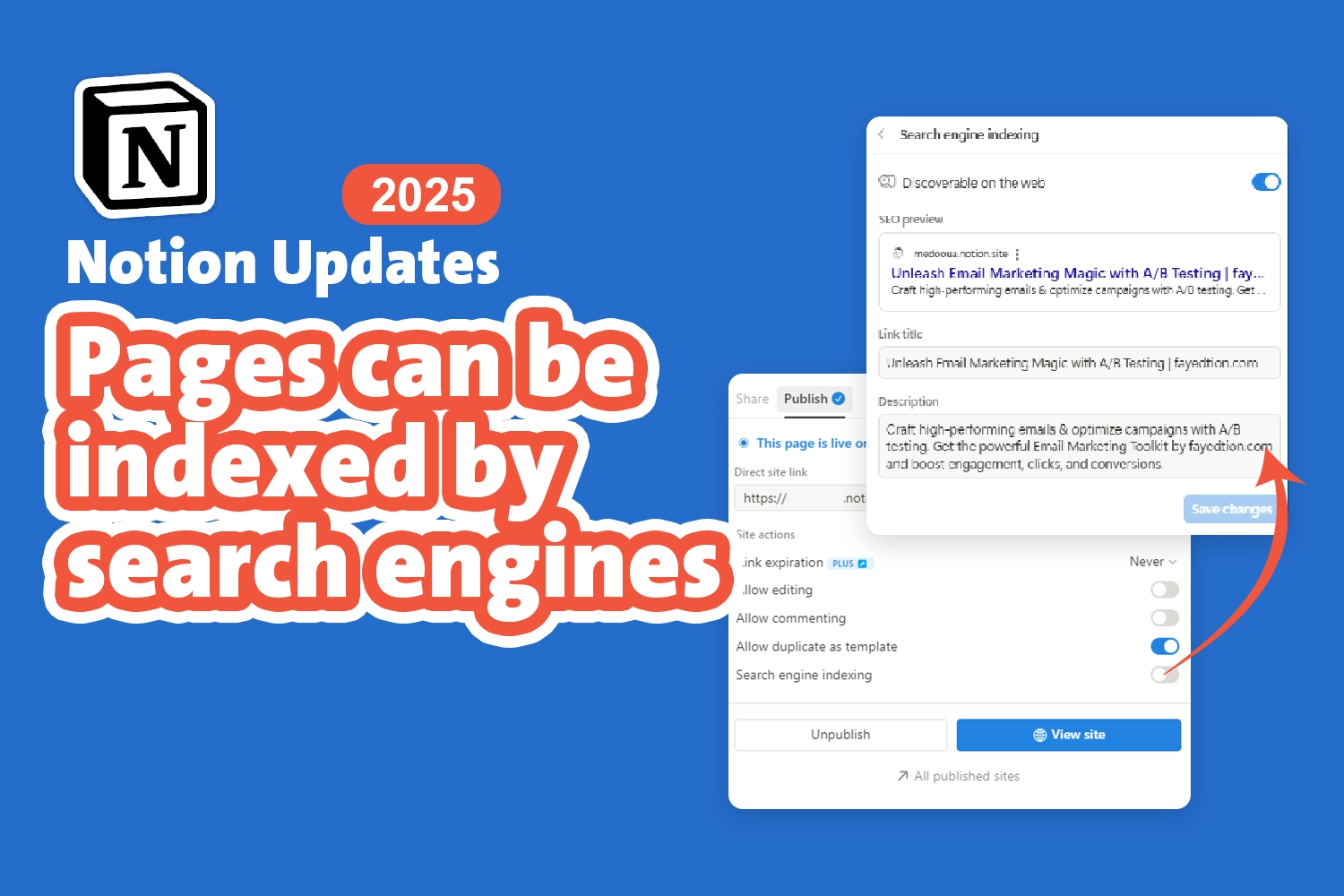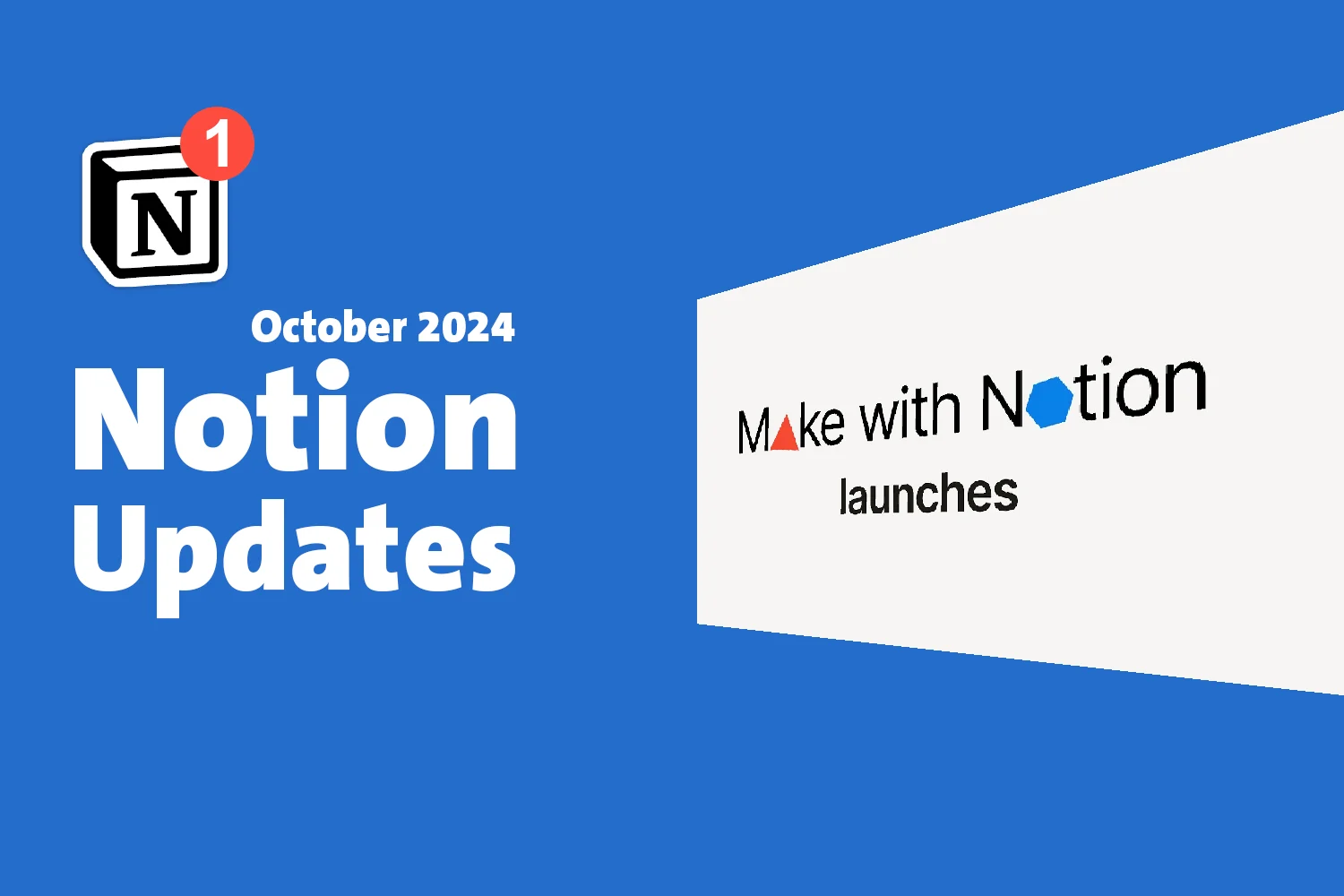SWOT analysis is an essential tool for any business looking to grow and develop. It allows you to assess your company’s strengths, weaknesses, opportunities, and threats, providing a clear picture of where you stand in the market.
Using SWOT analysis, you can identify your competitive advantages, understand your customers’ needs, and develop strategies to improve your business.
In this article, we will delve into the power of SWOT analysis and how it can help you in marketing and business development.
We will cover what a SWOT analysis is, how to conduct one, and how to use the results to make informed business decisions. and give you a SWOT analysis free template made in notion So, let’s get started on the journey to unlocking the full potential of your business through SWOT analysis.
Understanding the basics: What is SWOT Analysis?
SWOT analysis is a strategic planning tool that stands for Strengths, Weaknesses, Opportunities, and Threats. It provides a comprehensive overview of a business or marketing situation by assessing these four key elements.
Firstly, the Strengths refer to internal positive attributes that give a business a competitive advantage. These could include factors such as a strong brand reputation, innovative products, or a talented workforce. On the other hand, Weaknesses are internal factors that may hinder the business’s performance.
These could be areas that need improvement, such as outdated technology, limited resources, or poor customer service. Opportunities are external factors in the market that the business can capitalize on to achieve growth and success. These might include emerging trends, new markets to enter, or partnerships with other businesses.
Lastly, Threats are external factors that could potentially harm the business. These could include things like intense competition, changing consumer preferences, economic downturns, or legal regulations.
By conducting a SWOT analysis, businesses can gain a deeper understanding of their current situation and make more informed decisions to drive their marketing and business development strategies forward.
The power of SWOT Analysis in marketing and business development
Conducting a SWOT analysis in marketing is a powerful strategy to uncover valuable insights and gain a competitive edge in your business development efforts. By analyzing your Strengths, Weaknesses, Opportunities, and Threats, you can gain a holistic understanding of your organization’s position and develop targeted strategies to achieve success.
Identify and Leverage Strengths
One of the primary benefits of a SWOT analysis in marketing is the ability to identify what your business does best. Recognizing your strengths—such as strong brand recognition, a loyal customer base, or unique product features—allows you to build marketing campaigns that highlight these advantages and resonate with your target audience.
Address Weaknesses for Continuous Improvement
A thorough SWOT analysis also sheds light on areas where your business may be underperforming. Whether it’s limited resources, outdated technology, or gaps in your marketing strategy, pinpointing these weaknesses enables you to create actionable plans to address them. This ensures you’re always moving toward improved performance and efficiency.
Capitalize on Opportunities in the Market
A well-executed SWOT analysis in marketing helps you identify potential opportunities for growth. By analyzing market trends, emerging technologies, or underserved customer segments, you can tailor your marketing initiatives to capitalize on these opportunities. For instance, spotting a gap in the market for eco-friendly products can lead to a successful campaign that attracts conscious consumers and drives sales.
Anticipate and Mitigate Threats
SWOT analysis also prepares you to tackle potential challenges. External threats—such as new competitors, changing consumer preferences, or economic instability—can disrupt your marketing efforts. By identifying these risks early, you can develop contingency plans and adapt your strategies to minimize their impact.
The Strategic Advantage
Ultimately, conducting a SWOT analysis in marketing empowers you to make data-driven decisions that align with your organization’s goals. It serves as a roadmap for prioritizing resources, designing impactful campaigns, and achieving sustainable growth in an ever-changing business landscape.
By integrating a SWOT analysis in marketing into your planning process, you can create a dynamic and adaptable approach to market challenges and opportunities, setting your business on a path to long-term success.
How to conduct a SWOT Analysis step by step
Conducting a SWOT analysis is a fundamental step in understanding the internal and external factors that can impact your business. Here is a step-by-step guide to help you conduct a comprehensive SWOT analysis:
Identify Strengths: Begin by identifying the internal strengths of your business. These are the positive attributes and resources that give your business a competitive advantage. Consider factors such as unique selling propositions, talented employees, strong brand reputation, and efficient processes.
Determine Weaknesses: Next, analyze the internal weaknesses of your business. These are areas that may need improvement or pose challenges to your business success. Evaluate factors such as outdated technology, limited resources, poor customer service, or lack of market differentiation.
Explore Opportunities: Shift your focus externally to identify potential opportunities for growth and development. These are external factors that your business could leverage to its advantage. Look for trends in the market, emerging technologies, partnerships, or untapped customer segments.
Assess Threats: Finally, consider external threats that could impact your business negatively. These are factors outside of your control that could pose risks to your business. Evaluate competition, economic downturns, changing consumer preferences, or regulatory challenges.
SWOT Matrix: Create a SWOT matrix to visually represent your findings. Plot your identified strengths, weaknesses, opportunities, and threats in the respective quadrants. This matrix will help you see the relationships between internal and external factors and guide your strategic planning.
By following these steps and conducting a thorough SWOT analysis, You will gain valuable insights into your business’s current position and develop strategies to capitalize on strengths, mitigate weaknesses, seize opportunities, and navigate threats effectively.
Leveraging strengths to maximize opportunities
When it comes to strategic planning, leveraging your strengths to maximize opportunities is a crucial aspect of achieving success in marketing and business development.
Conducting a SWOT analysis allows you to identify your strengths, which are internal factors that give your business a competitive advantage. These strengths could include a strong brand reputation, innovative product offerings, a loyal customer base, or talented employees .
Once you have identified your strengths, the next step is to align them with potential opportunities in the market.
By capitalizing on your strengths, you can position your business to take advantage of favorable market conditions, emerging trends, or untapped customer segments.
For example, if one of your strengths is a reputation for high-quality customer service, you could leverage this by expanding into new markets where superior customer service is a key differentiator.
By strategically leveraging your strengths to maximize opportunities, you can create a winning formula for growth and success in both marketing and business development, This proactive approach allows you to stay ahead of the competition and capitalize on emerging trends, ultimately driving long-term success for your business.
Addressing weaknesses to overcome threats
Addressing weaknesses to overcome threats is a crucial aspect of utilizing SWOT analysis in marketing and business development. By identifying and acknowledging weaknesses within your organization, you can proactively work towards mitigating potential threats in the market landscape.
Weaknesses can manifest in various forms, such as a lack of technological infrastructure, limited financial resources, or gaps in your team’s skill set, These weaknesses can leave your business vulnerable to external threats, such as competition, changing consumer preferences, or economic downturns.
To effectively address weaknesses and overcome threats, it is essential to develop strategic action plans that leverage your strengths and opportunities.
This may involve investing in training and development programs to upskill your team, implementing cost-cutting measures to improve financial stability, or adopting new technologies to enhance operational efficiency.
By addressing weaknesses head-on and taking proactive steps to strengthen your organization, you can not only mitigate potential threats but also position your business for long-term success and growth in the competitive market landscape.
SWOT analysis serves as a valuable tool in guiding this process and empowering businesses to navigate challenges effectively.
Identifying key opportunities for growth and development
Identifying key opportunities for growth and development is a pivotal aspect of utilizing SWOT analysis in marketing and business development.
By focusing on opportunities, businesses can pinpoint areas where they can expand, innovate, or capitalize on emerging trends in the market, One effective strategy is to assess external factors such as market trends, consumer behavior, technological advancements, and competitive landscape.
By understanding these external opportunities, businesses can position themselves to take advantage of emerging markets, new customer segments, or untapped niches, Internally, businesses can also identify opportunities for growth by evaluating their strengths and how they can leverage them to capitalize on market opportunities, This could involve investing in new technology, expanding product lines, entering new markets, or forming strategic partnerships.
Mitigating potential threats to ensure business sustainability
Mitigating potential threats is a crucial aspect of ensuring business sustainability through the power of SWOT analysis. By identifying and addressing threats proactively, businesses can minimize risks and navigate challenges effectively.
Threats can arise from various sources such as changing market trends, competitive pressures, economic uncertainties, regulatory changes, or even external factors like natural disasters.
Conducting a thorough SWOT analysis enables businesses to anticipate potential threats that could impact their operations and future growth.
By identifying these threats early on, businesses can develop strategic plans to mitigate risks and build resilience.
This could involve diversifying product offerings, expanding into new markets, strengthening relationships with key stakeholders, investing in technology to enhance security measures, or establishing contingency plans to respond to unforeseen events.
Business sustainability relies on the ability to adapt to changing circumstances and overcome challenges.
By leveraging the insights gained from SWOT analysis to address potential threats, businesses can position themselves more effectively in the market and enhance their long-term viability.
Embracing a proactive approach to risk management is essential for businesses looking to thrive in a dynamic and competitive business environment.
Integrating SWOT Analysis into your marketing strategy
Integrating SWOT Analysis into your marketing strategy can be a game-changer for your business, By conducting a comprehensive SWOT Analysis (Strengths, Weaknesses, Opportunities, and Threats), you gain valuable insights that can shape your marketing efforts and business development strategies.
Strengths in marketing
Start by identifying your company’s strengths. Highlight what sets your business apart from competitors and what advantages you have in the market. Leverage these strengths in your marketing campaigns to showcase your unique selling points and attract customers.
Weaknesses in marketing
Next, address your weaknesses. Be honest about areas where your business may be lacking or facing challenges. Use this information to improve internal processes, product offerings, or customer service to enhance overall performance. Moving on to opportunities, explore potential areas for growth and expansion.
Opportunities in marketing
Identify emerging trends, new markets, or untapped customer segments that present opportunities for your business. Incorporate these insights into your marketing strategy to capitalize on favorable external factors.
Threats in marketing
Finally, consider potential threats to your business. Evaluate competitive pressures, market fluctuations, or external risks that could impact your operations.
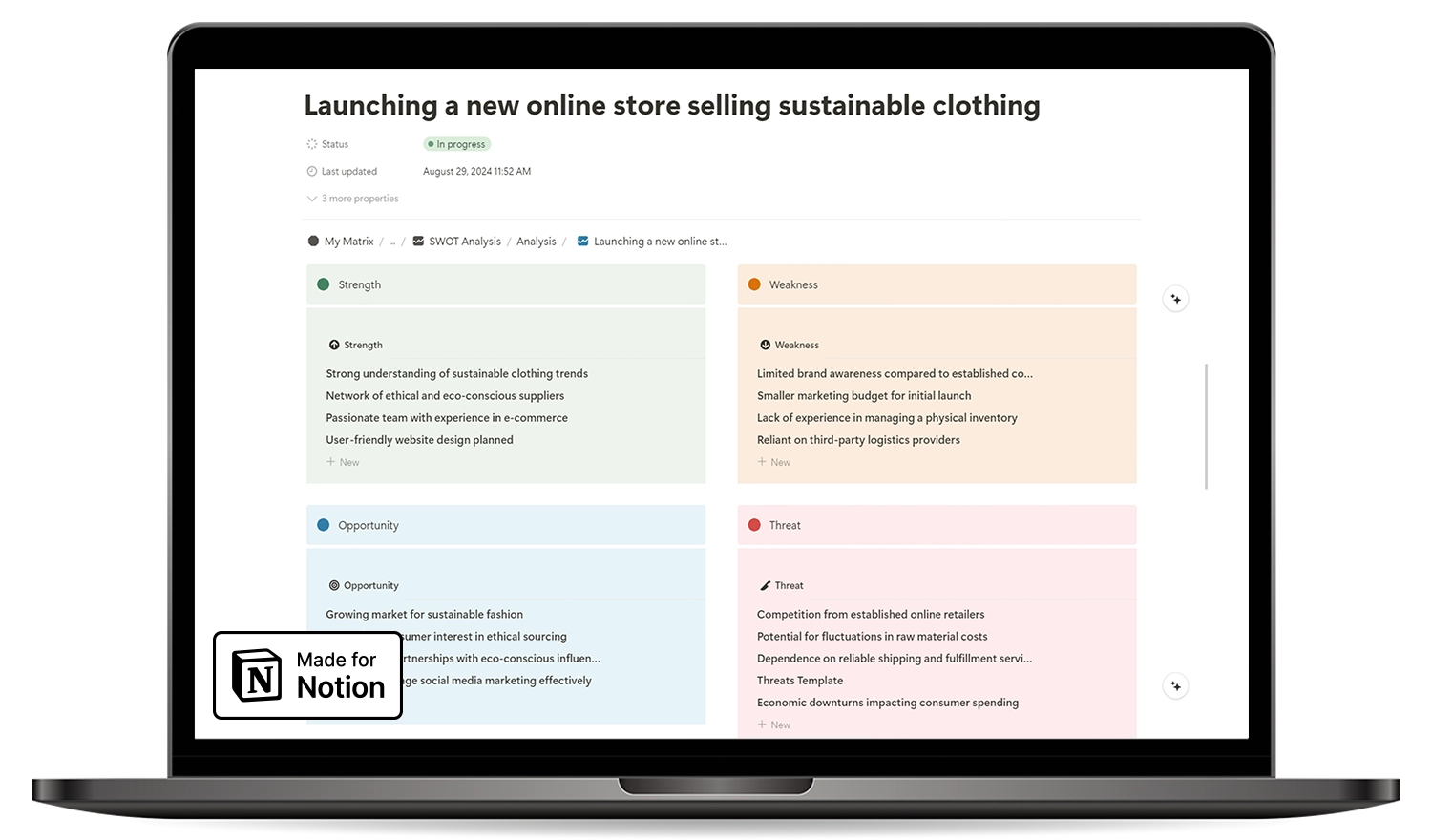
Unveil the SWOT Analysis Template in Notion
✓ Manage multiple SWOT analyses for different projects within a single workspace.
✓ Set goals, track metrics, and monitor the final outcome of your strategies.
✓ Define solutions and strategies to address each SWOT point
✓ Combine analysis results and define final actions.
1- Apple Inc.:
Strengths: Strong brand image, innovative product design.
Weaknesses: Heavy reliance on iPhone sales, high product prices.
Opportunities: Expansion into emerging markets, diversification into services.
Threats: Intense competition, changing consumer preferences.
Apple’s strategic success can be attributed in part to its keen awareness of internal strengths and weaknesses, Allowing the company to capitalize on opportunities and mitigate threats effectively.
2- Tesla, Inc.:
Strengths: Technological innovation, strong leadership under Elon Musk.
Weaknesses: Production delays, high manufacturing costs.
Opportunities: Growing demand for electric vehicles, renewable energy sector.
Threats: Increasing competition, regulatory challenges.
Tesla’s strategic use of SWOT Analysis has enabled the company to navigate a dynamic market landscape, Capitalize on emerging opportunities, and address internal weaknesses proactively.
3- Nike Inc.:
Strengths: Iconic brand recognition, extensive global presence.
Weaknesses: Dependence on third-party manufacturers, brand controversies.
Opportunities: Expansion into athleisure market, digital marketing advancements.
Threats: Rising competition from emerging brands, supply chain disruptions.
Nike’s strategic insights derived from SWOT Analysis have guided its brand evolution, product diversification, And market positioning strategies to maintain a competitive edge in the sportswear industry.
By examining these real-world case studies, businesses can gain a deeper understanding of how SWOT Analysis can be leveraged effectively to drive success, foster innovation, and sustain growth in today’s competitive business environment.
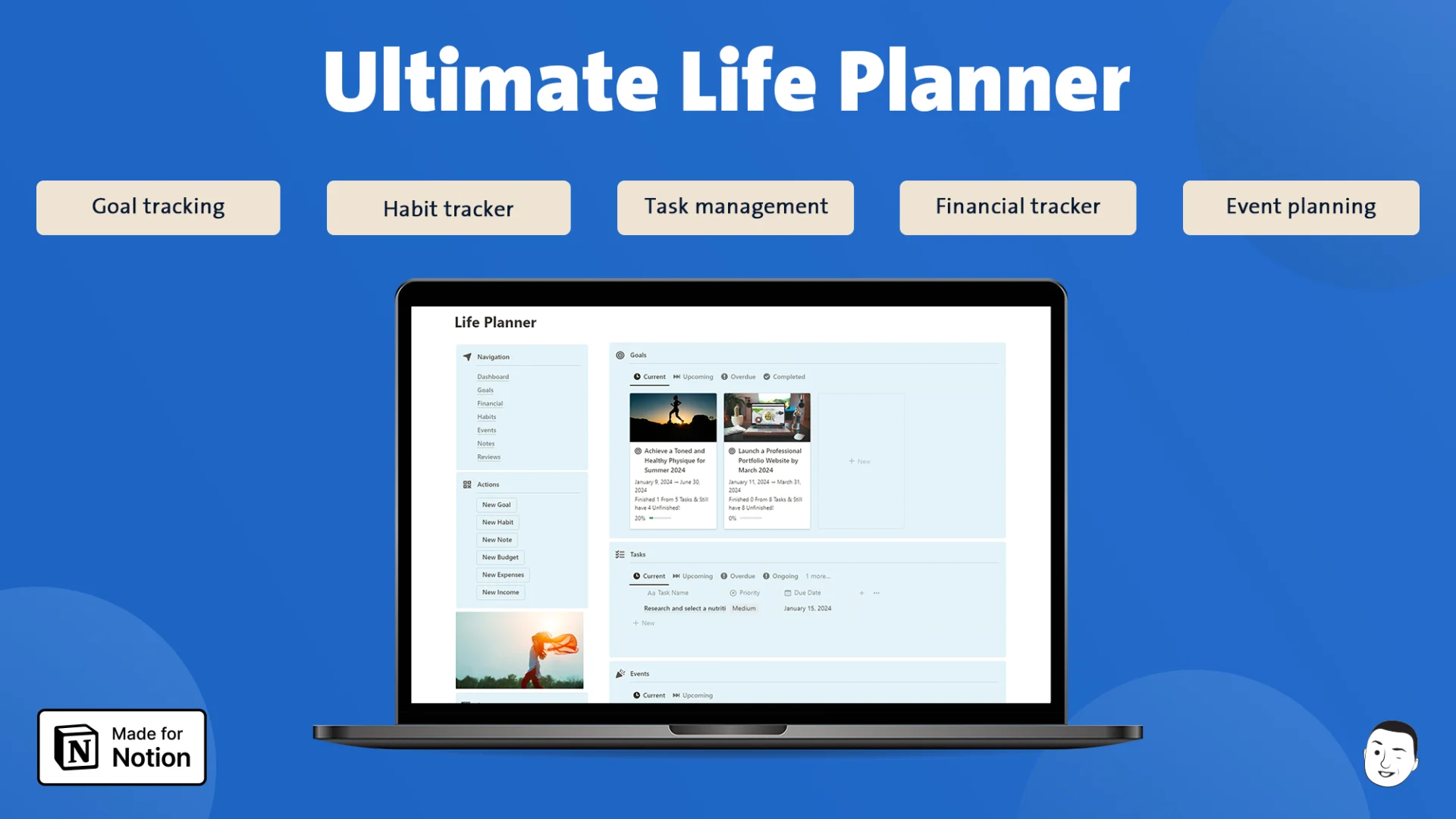
Unlock Your Potential: Transform Your Life with Our Life Planner Notion Template!
Ready to level up your life? Our Life Planner Notion template is your ticket to success! Seamlessly manage goals, track progress, and take control of your future. Don’t just dream it, achieve it! Try it now and start living your best life today!
Harnessing the power of SWOT Analysis for business success
In conclusion, the SWOT analysis is a powerful tool that can provide valuable insights for businesses looking to enhance their marketing strategies and overall business development. By identifying internal strengths and weaknesses, as well as external opportunities and threats, organizations can make informed decisions and develop effective action plans to capitalize on their strengths and opportunities while addressing and mitigating their weaknesses and threats.
When utilized correctly, the SWOT analysis can serve as a roadmap for business success, helping companies to align their resources, capabilities, and efforts towards achieving their objectives. It enables businesses to adapt to changing market conditions, stay ahead of competitors, and seize new opportunities for growth.
In today’s dynamic and competitive business environment, harnessing the power of SWOT analysis is essential for businesses to stay relevant, innovative, and profitable. By regularly conducting SWOT analyses and incorporating the findings into their strategic planning processes, organizations can position themselves for long-term success and sustainable growth.
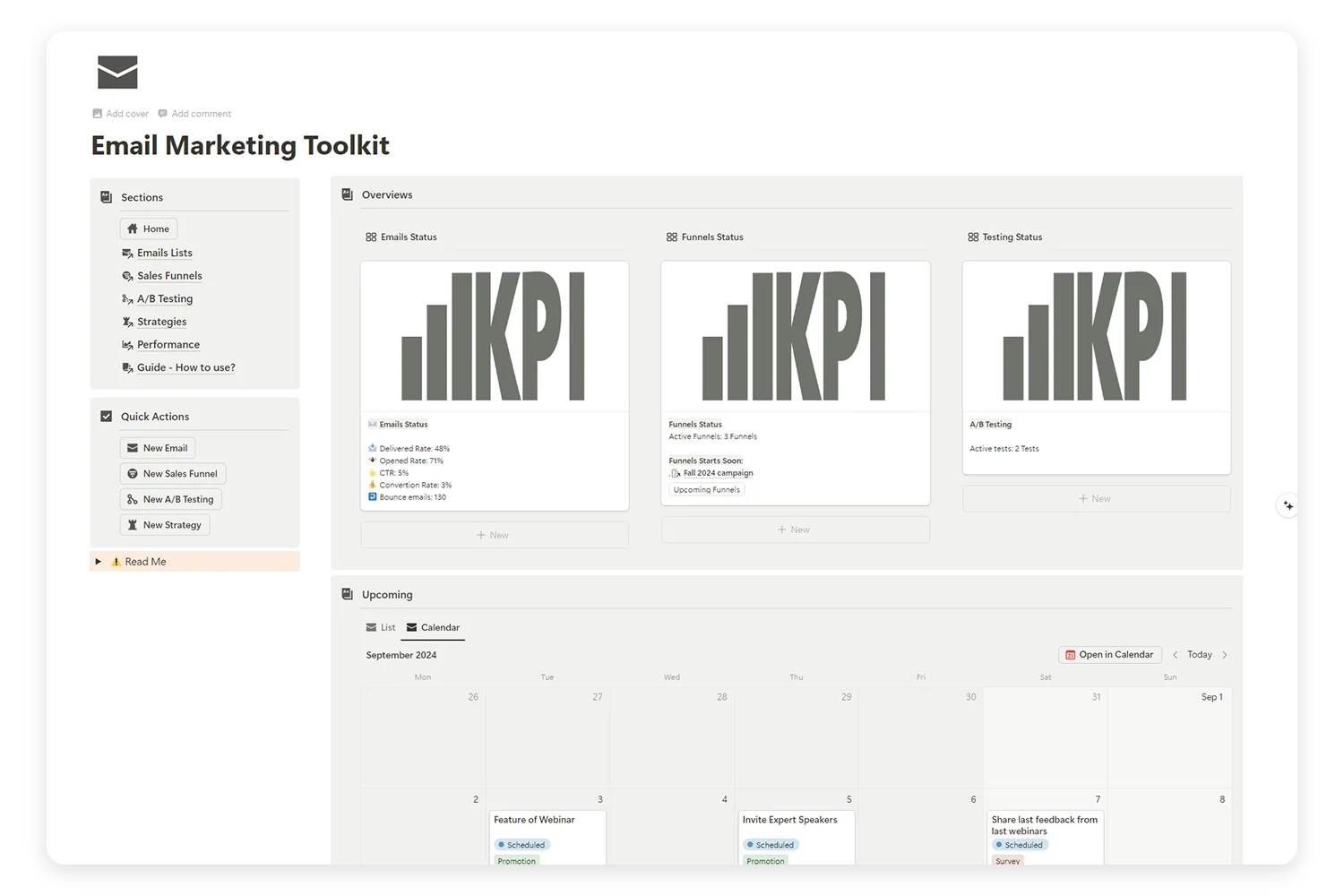
Supercharge Your Email Marketing with the Ultimate Toolkit!
Tired of juggling multiple platforms to manage your email campaigns, sales funnels, and A/B tests? Our Email Marketing Toolkit is here to organize, analyze, and optimize your email strategies—all in one place.


